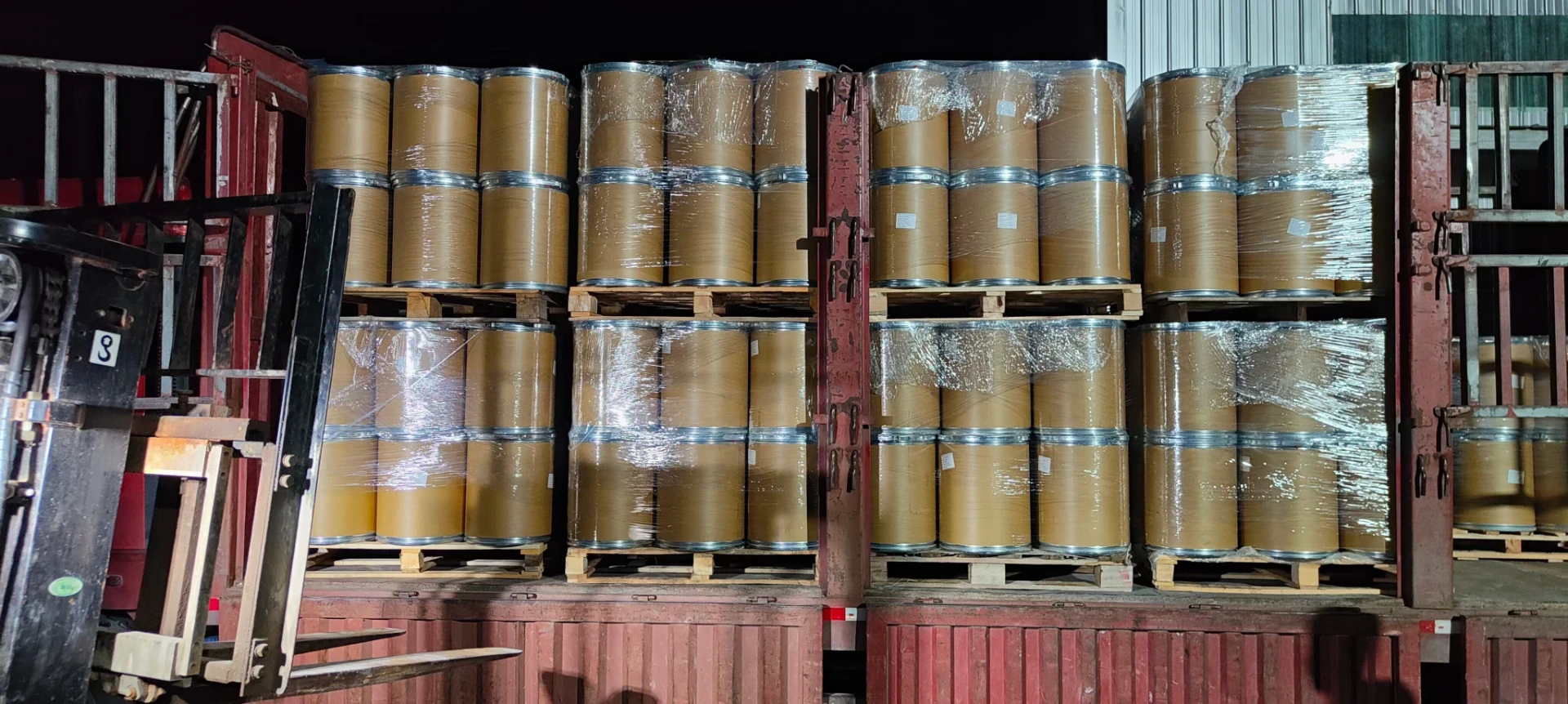Partially Hydrolysed Polyacrylamide An Overview
Partially Hydrolysed Polyacrylamide, commonly known as PHPA, is a high molecular weight polymer derived from the acrylamide monomer. It is widely used across various industries due to its versatile properties, such as its ability to enhance viscosity, improve stability, and facilitate various chemical reactions. The unique attributes of PHPA make it an invaluable resource in agriculture, petroleum, and water treatment processes.
Chemical Structure and Properties
PHPA is formed through the process of hydrolysis, which modifies polyacrylamide by incorporating hydroxy groups into its structure. This modification reduces the polymer's charge density compared to fully hydrolysed polyacrylamide. The result is a product that is less sensitive to electrolytes in solution, which is crucial in many applications. The balance between its hydrophobic and hydrophilic properties allows PHPA to dissolve in water easily, creating viscous solutions that are stable over a wide range of conditions.
Applications in Industry
1. Oil and Gas Industry One of the primary applications of PHPA is in drilling fluids. When added to drilling mud, it enhances the viscosity and reduces fluid loss to the formation, improving the efficiency of drilling operations. This is particularly important in water-based mud systems, where maintaining stability and reducing the risk of borehole collapse is paramount. Additionally, PHPA aids in suspending drill cuttings, ensuring efficient removal from the drill site.
partially hydrolysed polyacrylamide

2. Agriculture In agriculture, PHPA serves as a soil conditioner and water retention agent. When applied to arid soils, it improves water infiltration and retention, enabling better moisture management. This capability is especially beneficial for crop cultivation in regions with limited water resources, thereby supporting sustainable agricultural practices. Furthermore, PHPA can also enhance seed germination and root development, leading to improved crop yields.
3. Water Treatment PHPA is employed in wastewater treatment processes, where it acts as a flocculant. By promoting the aggregation of suspended solids, it facilitates their removal from water. This is essential for improving water clarity and quality, particularly in industrial effluent treatment. The use of PHPA helps to minimize the environmental impact of wastewater discharge, making it a vital component in sustainable water management systems.
Environmental and Safety Considerations
Despite its wide array of applications, the use of acrylamide and its derivatives raises safety and environmental concerns. Acrylamide is classified as a neurotoxin, and when handling PHPA, precautions should be taken to minimize exposure. The polymer itself is generally considered to be safer in its solid form; however, it is crucial to ensure responsible disposal and management to prevent environmental contamination.
Conclusion
Partially Hydrolysed Polyacrylamide is a multifaceted polymer that plays a significant role in various sectors, including oil and gas, agriculture, and water treatment. Its ability to improve viscosity and enhance stability makes it a valuable asset in numerous applications. As industries continue to seek sustainable resources and efficient materials, PHPA stands out as a viable option, provided that appropriate safety measures are observed. Ongoing research and development in this field may further expand the potential uses of PHPA, reinforcing its importance in modern industrial practices. As we navigate the balance between utility and safety, PHPA's contributions to efficiency and environmental management cannot be overlooked.

